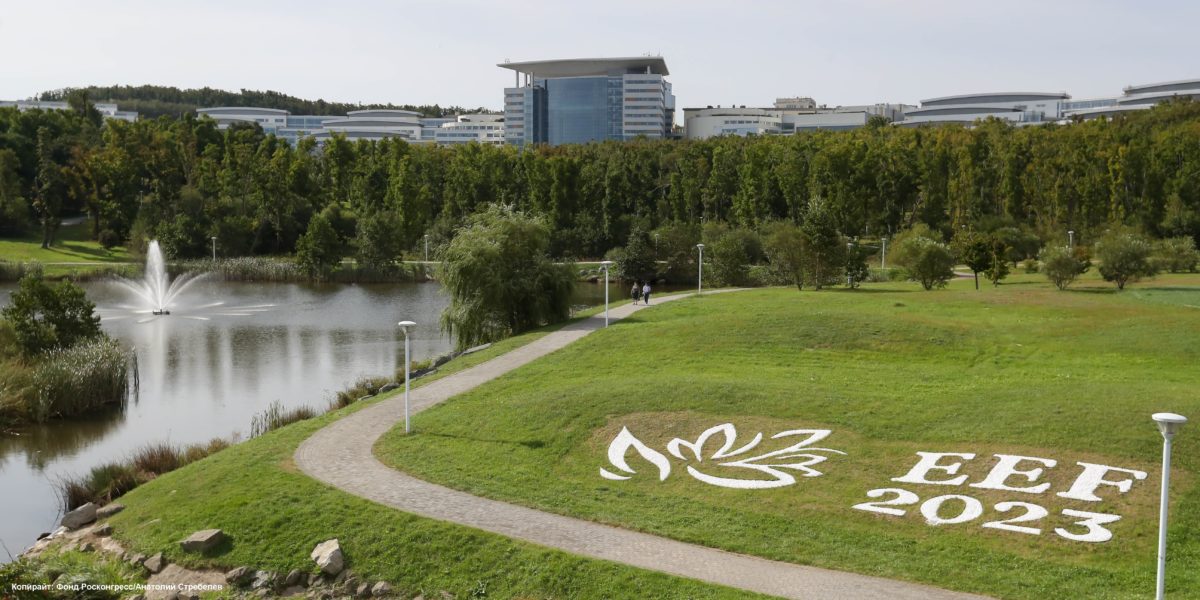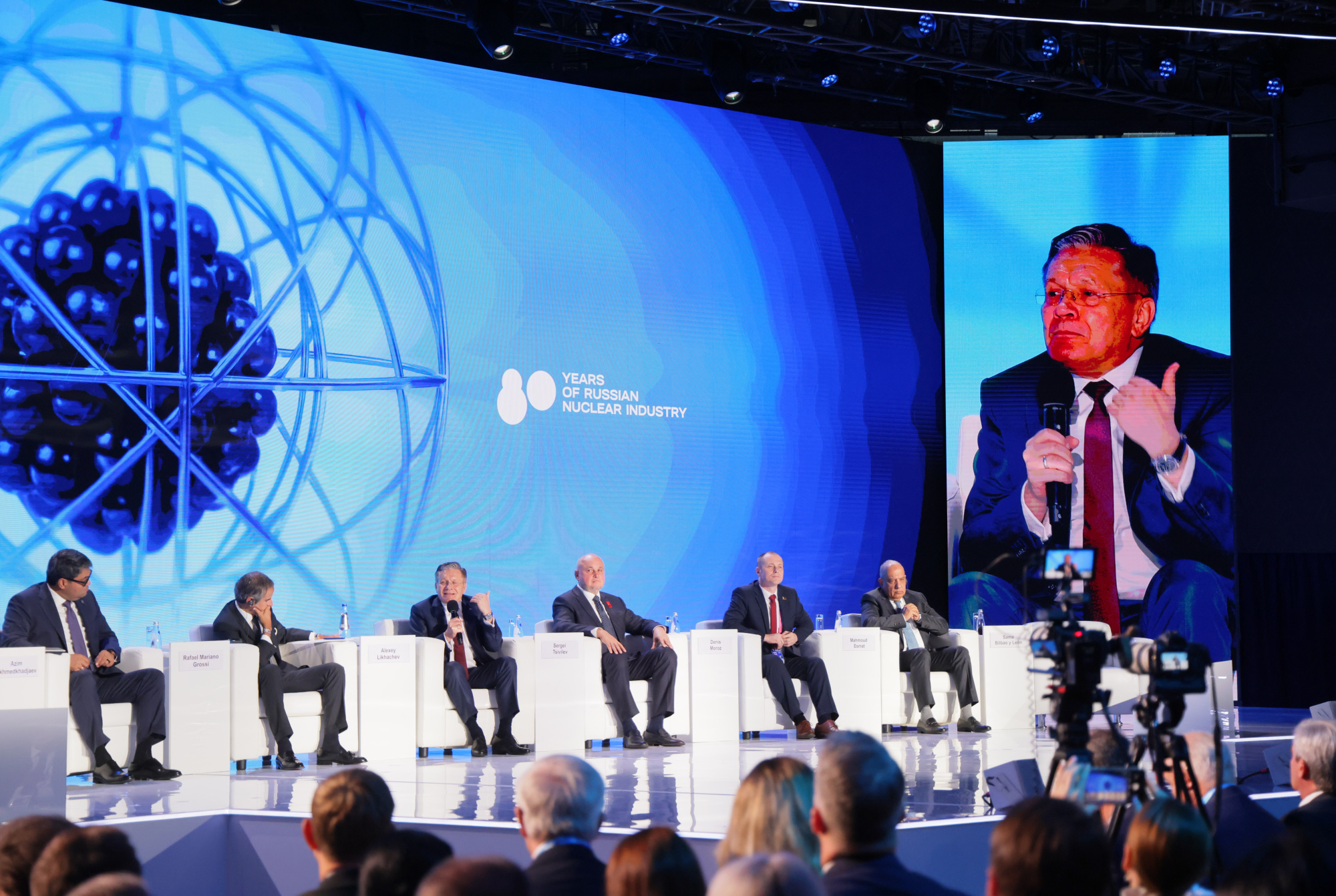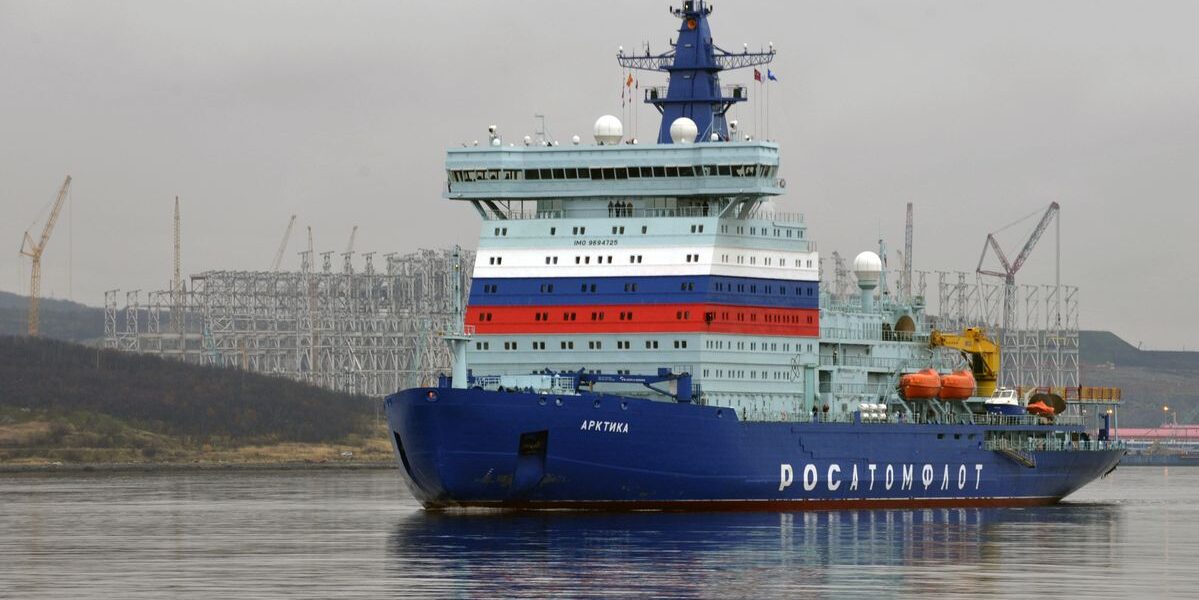On September 12, within the framework of the VIII Eastern Economic Forum, an agreement was signed on the continuation of cooperation between ROSATOM and Lomonosov Moscow State University Marine Research Center.
On behalf of ROSATOM, the document was signed by Vladimir Panov, Special Representative for the Arctic Development, and on behalf of MSU MRC – by Nikolay Shabalin, Executive Director.
The project to carry out environmental monitoring and study the environmental situation in the waters of the Northern Sea Route has been underway since 2021. The mission of the project is to ensure monitoring of the environmental safety of the route and develop measures to reduce the negative impact on the environment in accordance with Russian and international environmental standards, as well as the best environmental practices to achieve sustainable development of the Northern Sea Route and the Arctic Zone of the Russian Federation as a whole.
According to Vladimir Panov, "with the joint efforts of Lomonosov MSU Marine Research Center and the expert community, a comprehensive environmental and biodiversity monitoring program was developed in 2022-2023 to form a basis for a state environmental monitoring system in the waters of the Northern Sea Route. We are carrying out this work consistently in accordance with the NSR Development Plan until 2035 together with our colleagues from the Russian Ministry of Natural Resources and the Russian Federal Service for Hydrometeorology and Environmental Monitoring".
The project involves year-round and systematic environmental monitoring of the Northern Sea Route water area based on satellite monitoring data, real-time data from stations along the NSR route, and associated and special ship-based research. The results obtained fall into a single database and are processed by digital services. Further work on the analysis of the received information is completed by MSU MRC specialists together with an expert group which includes lead specialists from Russian and foreign research centres.
"We spend this field season conducting research in the main port waters of the NSR. Work has already been completed in Amderma, Sabetta, and the Utrenniy terminal. Dikson, Dudinka, Khatanga, Tiksi, and Pevek are up ahead. We continue to deploy new digital services to monitor the environmental situation, including ship load, hydrocarbon pollution detection, calculation of carbon footprint of ships, identification of crossings of protected zones of nature conservation areas," said Nikolay Shabalin. According to him, further implementation of the project and its scaling require synchronization of the environmental monitoring program on the Northern Sea Route with existing Russian and international monitoring programs and databases on the state of the environment.
Reference
Comprehensive environmental monitoring of the Northern Sea Route water area has been conducted on ROSATOM's initiative with the involvement of Lomonosov MSU Marine Research Centre since 2021. It is expected to become part of a subsystem of the state environmental monitoring of the NSR water area in 2024. For the first time, in 2023, scientists mounted three video cameras in the bow of Sevmorput nuclear-powered container ship with a view of at least 180 degrees to obtain continuous video and photo material about the situation on the ship's route. The material will be processed by expert zoologists and then adapted to train a neural network to develop a service for automated identification of marine mammals and birds.
Comprehensive development of the Russian Arctic zone is one of the strategic national priorities. Increasing the volume of transportation along the NSR is of paramount importance to meet the set objectives in the field of cargo transportation and delivery. The development of this logistics corridor is ensured through the establishment of regular cargo shipments, construction of new nuclear icebreakers, and modernization of relevant infrastructure. ROSATOM's enterprises take an active part in this work.




